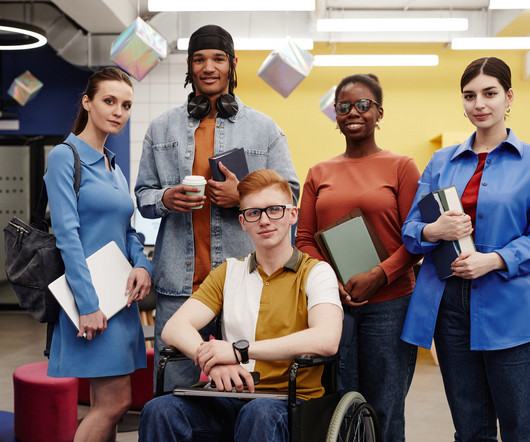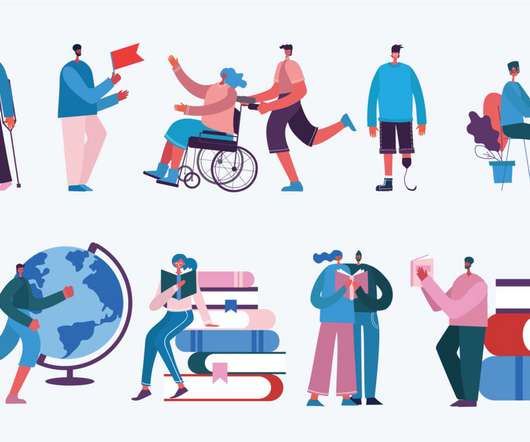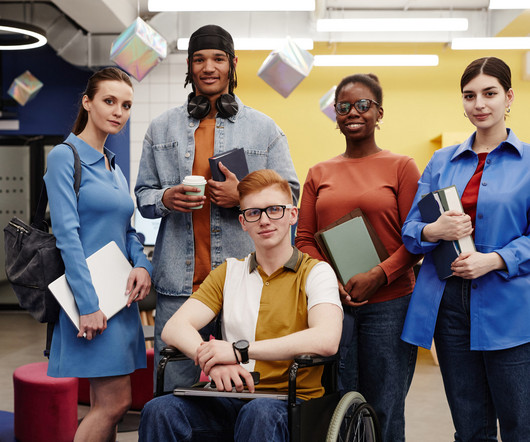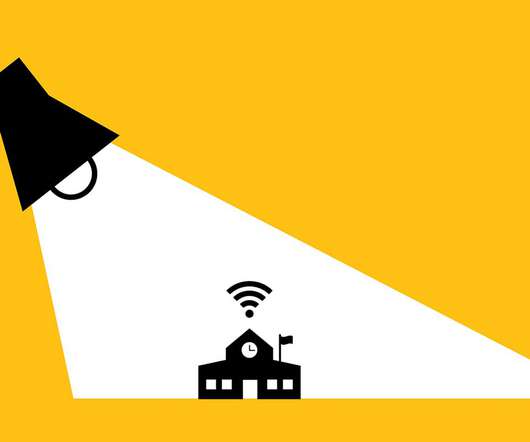Steps Toward Creating a More Accessible and Inclusive College Classroom
Faculty Focus
MAY 18, 2025
Avoid negative descriptions of disability (ex: suffers from a condition, confined/bound to a wheelchair). Update course syllabi to include statements from the campus disability/accommodations resource office, a statement on academic diversity, religious observant policies, and campus mental health resources. link] Waitoller, F.















Let's personalize your content